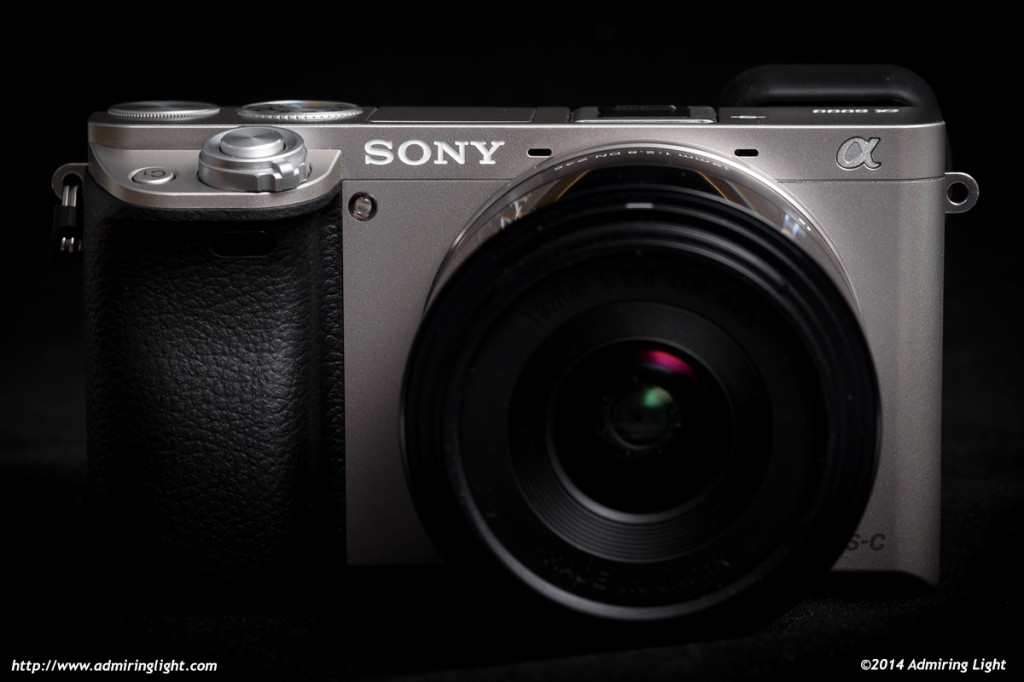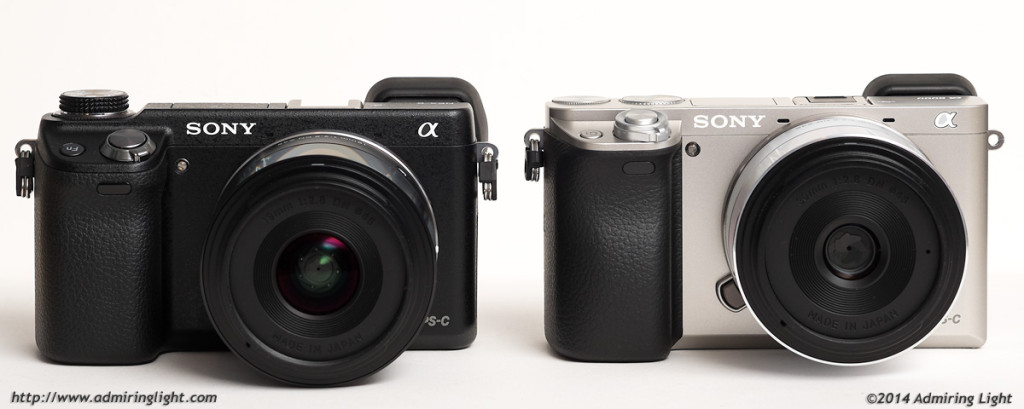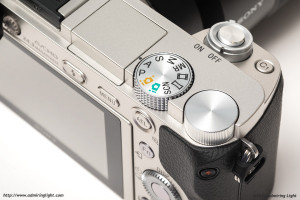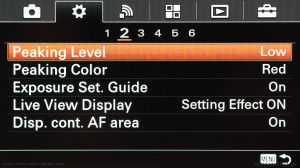Earlier this year, Sony abandoned the NEX nomenclature in its lineup of mirrorless cameras, bringing everything into the Alpha line. The first enthusiast APS-C camera in this new lineup is the Sony Alpha a6000, which replaces the earlier NEX-6 in the Sony lineup, though it could also be argued that the a6000 takes the place of the NEX-7 as well. The new camera is aggressively priced at $649 for the body only, while including a built-in EVF, a new 24 megapixel sensor, Wi-Fi, blazing fast hybrid autofocus and a somewhat insane burst shooting rate of 11 frames per second. Fitting that many features into a camera at this price point is a daunting proposition. Let’s see if Sony pulled it off.

If you’re not familiar with my reviews, I review from a real world shooting perspective. You won’t find lens charts or resolution numbers here. There are plenty of other sites that cover those. I review products on how they act for me as a photographic tool. I am not a videographer, so my reviews concentrate on the still imaging capabilities of a camera.
Body and Ergonomics
The a6000 is a compact mirrorless camera that takes most of its design cues from its predecessor, the NEX-6. The camera is very nearly the same size as the NEX-6, and has a similar button layout, though as I’ll discuss in a moment, those controls have been improved dramatically in my opinion. The a6000 is a composite (read: plastic) bodied camera that is simultaneously a step up and a step down from the NEX-6. It’s a step up in that they have created a more sculpted hand grip that is, in my opinion, notably more comfortable to hold than the one on the NEX-6 (or the NEX-7). While I think the grip is still a bit too close to the lens mount, it is one of the more comfortable Sony mirrorless cameras I’ve used.

On the down side, I think Sony has taken a small step back when it comes to construction. While the camera is tightly assembled for the most part, and doesn’t experience any flex or creakiness, the finish on the plastic isn’t nearly as robust as the finish on the NEX-6. Sony has opted for a flat smooth painted finish with the a6000, and the result is a body that is going to be a bit more prone to scratches than the pebbled durable finish of the NEX-6. The camera comes in both silver and black versions, and I have the silver version. The silver camera (which is a bit warm, so bordering on champagne in color) is quite attractive, but I can already tell that over time the paint will likely wear off on the corners of the camera, revealing the black plastic beneath. I can already see some paint wear on the supporting nubs on the bottom of the camera. Additionally, the rear screen isn’t nearly as rigid as the one on the NEX-6. When the a6000’s screen is retracted flat against the camera body, there is still a slight bit of play if you touch the corners of the screen. It’s not loose or poorly attached, but it does wobble, and it becomes apparent that this is the area where some of the cost corners were cut.
However, those concerns aside, the a6000 handles quite well for a small camera. The dials and buttons fall under your thumb easily, and the corner mounted viewfinder is comfortable to use. The camera is exceedingly lightweight and the nice grip allows both smaller and larger lenses to handle well. The hand grip rubber starts at the front of the grip and wraps completely around the side of the camera to the rear thumb rest, which is comfortable and provides a secure grip on the camera.
Controls and Operation

With the a6000, Sony has started to get away from the soft button paradigm that was used in earlier models in favor of dedicated control buttons, and I for one am thankful. The NEX-6 was a powerful camera, but there were several usability issues that personally bothered me immensely. I am happy to say that the a6000 has remedied almost all of them. The camera utilizes a single top function dial in conjunction with a rear dial to control the imaging parameters. When in aperture or shutter priority mode, the main dial controls the priority function. While the rear dial is turned off by default, a quick settings change enables direct access to exposure compensation on the rear dial. This is a welcome change. Many people have complained that the position of the mode dial and the main dial should have been switched, and I’ll admit that this probably would have been the way to go, but as I am rather accustomed to reaching to the upper right to adjust a dial on other cameras, this wasn’t something that bothered me at all.
In addition to the dials, the a6000 features a total of seven programmable buttons: the left, right and down buttons on the four-way dial, two dedicated Custom buttons (C1 and C2) as well as the center button and the AEL button. I have chosen to have most of these buttons perform their default functions and I’ve assigned face detection toggle to the C2 button, and focus magnification to the C1 button, which is located right next to the shutter button. In addition to the programmable buttons, the a6000 features the same customizable function menu as the A7 and A7r, which allows for up to twelve different functions to be available simply by pressing the Fn button. For me, this means easy access to settings like flash exposure compensation and turning SteadyShot on and off. The end result is a camera that can be customized to how you shoot. As such, it’s not hard to set up the camera to be a responsive and agile companion for photography.

In addition to the removal of the ‘soft buttons’ that the previous NEX cameras had, the a6000 gains another big part of the Alpha lineup: actually decent menus. The menu system of the NEX line was among the worst in the industry in my opinion, with page after page of settings in a single list format that boggled the mind.

The NEX-6 has 66 items in the ‘setup menu,’ in a single list. Sixty-six! Thankfully, with the a6000, these options are now blissfully broken down into a well-organized set of six tabs, with multiple screens per tab and six items per screen. It helps tremendously with organization. While there are still a tremendous of options available in the menus, the organization makes it significantly easier to navigate and find what you are looking for. The much expanded Fn menu I spoke about earlier also lets you select the more important functions and put them front and center rather than digging through the menu system.
As a result of these changes, I have found the a6000 to be a very enjoyable camera to use. The annoyances that kept me from really enjoying shooting with a Sony body in the past have been rectified, and as a result, the a6000 is one of the first Sony cameras I’ve truly enjoyed shooting with right from the start.
The a6000 also has a small pop-up flash located directly next to the hotshoe. This tiny flash, like many nowadays, can be bent back to provide some rudimentary bounce capability, though the low power often makes this impractical. Exposure on the flash was good at most distances, but tended to overexpose closer subjects. The flash isn’t powerful enough to rely on for typical shooting situations, but can make for a decent fill flash in the right circumstances.





Leave a Reply